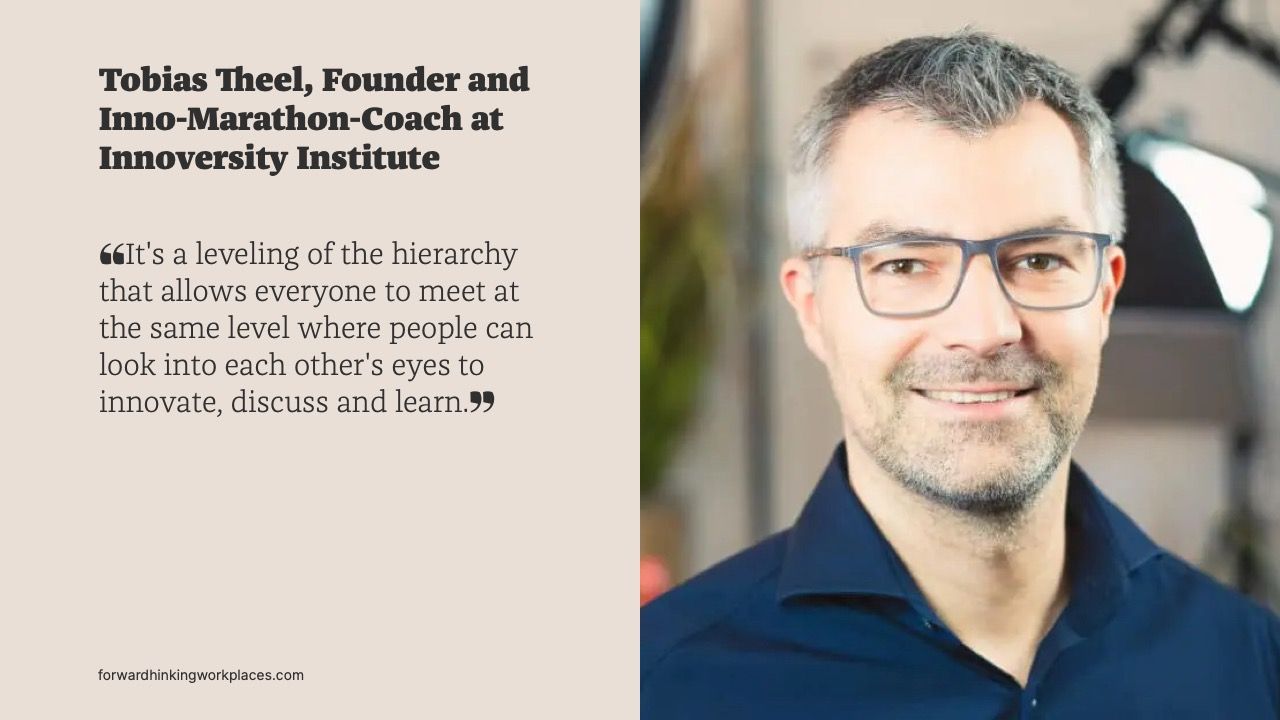How to Create Spaces for Everyone to Grow Their Ideas
Tobias Theel, Founder of Innoversity Institute, shares his experience and insights on enabling new spaces for innovation to grow and build on our strengths.

Tobias Theel: Founder and Inno-Marathon-Coach at Innoversity Institute.